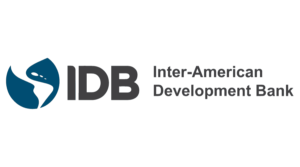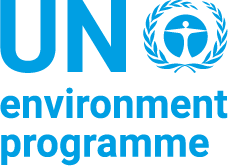
The Guidelines provide practical support for solar and wind energy developments by effectively managing risks and improving overall outcomes related to biodiversity and ecosystem services. They are industry-focused and can be applied across the whole project development life cycle, from early planning through to decommissioning and repowering, using the mitigation hierarchy as a clear framework for planning and implementation. The mitigation hierarchy is applied to direct, indirect and cumulative impacts. An in-document Annex contains 33 case studies across the three technologies, and an additional separate annex provides additional resources to mitigate impacts associated with solar and wind energy.
Lifecycle Phase(s): Strategic PlanningPublic authorities identify the needs and long-term vision for infrastructure development., Project PlanningGeneral strategy for a project’s delivery is developed., Concept DesignTechnical experts broadly outline the project’s basic characteristics., Detailed DesignTechnical experts further elaborate the Concept Design., ConstructionThe asset is constructed in line with design, budget and timeline., Operation and MaintenanceInfrastructure assets are managed and maintained during their use time., Decomissioning/RepurposingObsolete infrastructure assets are repurposed, recycled or removed and the land is reused or restored.
Type(s) of Tool: GuidelinesOperationalize sustainability principles, less specific than Benchmarks or Rating Systems.






